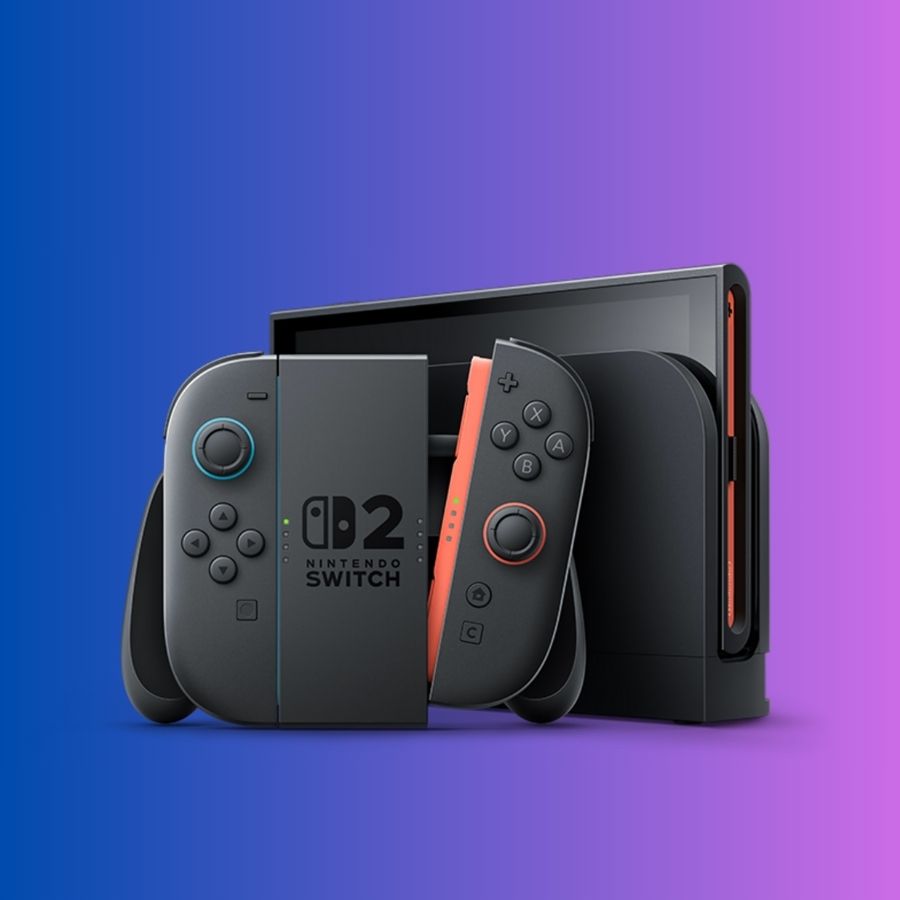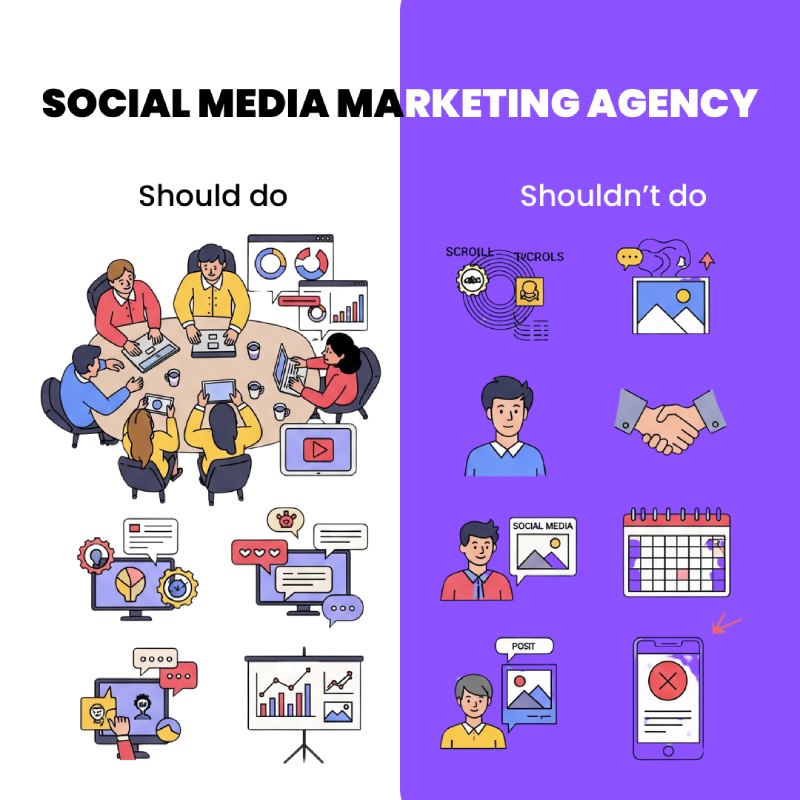Remember When Shopping Was a Sensory Experience?
Remember the magic of window shopping? A simple walk down the street was a feast for the senses, the smell of fresh coffee, the glow of a window display, the feeling of curiosity that pulled you off the sidewalk and into a store.
Marketers had about seven seconds to capture your attention, seven seconds to turn a glance into a sale.
Every inch of that space mattered. Displays, color palettes, and even the candy racks by the checkout counter were designed to spark impulse decisions and emotional engagement.
Back then, we measured foot traffic with clickers or infrared sensors, basic tools compared to today’s data dashboards, but we already understood something powerful:
Consumers buy with their hearts, not just their wallets.
(Well… technically with their wallets too, but you know what I mean 💳❤️)
Fast Forward: The Storefront Is Gone, but the Psychology Remains
Today’s “window shopping” happens behind a screen.
Instead of mannequins, we have thumbnail images. Instead of store lighting, we have UX design.
Instead of standing in line, we’re refreshing pages on Black Friday countdowns, chasing dopamine with digital carts and flash deals.
The world evolved, but the human brain didn’t.
Our sensory circuits still crave stimulation, safety, and trust, they just experience it through pixels instead of glass windows.
As a psychologist and marketer, I’ve seen how this shift has reshaped brand strategy.
The challenge now isn’t just to sell; it’s to recreate sensory comfort in a screen-based world.
The Emotional Blueprint: Conditioning and Comfort
Martin Lindstrom’s book Brandwashed explains how brands have long tapped into subconscious associations.
One of my favorite examples: a coffee company placed machines and coffee-flavored candies in maternity wards, exposing expectant mothers to the aroma during a deeply emotional period.
Years later, both mothers and their children developed a nostalgic preference for that same coffee brand.
That’s not coincidence, it’s emotional conditioning.
Malls used the same idea: pumping baby powder scent through the air to evoke comfort and safety. Later, mothers would instinctively return to those malls, and their babies would calm down in the familiar smell.
This principle — creating comfort in the unfamiliar — is the golden thread between brick-and-mortar and digital marketing.
Translating Sensory Trust into Digital Design
In physical stores, people hand over credit cards because the environment feels safe, the smell, the lighting, the cashier’s smile.
Online, we replicate that with:
- SSL certificates (trust signals)
- Clean, intuitive navigation (comfort)
- Authentic reviews and testimonials (social proof)
- Personalized recommendations (familiarity)
These elements form what I call digital safe zones environments that trigger the same psychological cues as physical safety.
A website that loads quickly, a secure payment screen, and a chatbot that feels empathetic all contribute to micro-moments of trust.
Every click either builds or breaks comfort and comfort converts.
The Dopamine Economy: Designing for Emotion, Not Just Efficiency
Today’s most successful brands understand this:
The modern customer journey isn’t linear it’s emotional.
We’re no longer optimizing just for SEO; we’re optimizing for dopamine.
Every scroll, notification, and limited-time offer triggers reward centers in the brain.
The brands that win are those that balance urgency with authenticity.
Here’s what works in 2025:
- Micro-comfort design — make every digital touchpoint feel effortless.
- Emotional microcopy — small phrases that make the user feel seen (“You got this,” “Welcome back!”).
- Predictive empathy — anticipate hesitation points (like shipping anxiety) and calm them before they arise.
It’s psychology, but it’s also respectful storytelling.
From Store Windows to Scroll Stops
Window displays once had to stop you in your tracks.
Now, a scroll stop does the same job, the right thumbnail, headline, or ad creative grabs attention in milliseconds.
Checkout lines used to tempt impulse buys.
Now, AI-driven pop-ups and “Frequently Bought Together” bundles replace those end-of-aisle displays.
The tools changed, but the principle stayed the same:
Humans still crave connection, curiosity, and comfort.
Final Reflection: Connection Over Manipulation
Whether through a storefront or a mobile screen, marketing has always been about creating trust through emotion.
We’re not here to manipulate, we’re here to connect.
To build experiences that feel as warm and familiar as those baby powder-scented malls, but adapted for the digital age.
Because at the end of the day, marketing isn’t about algorithms, it’s about people.
And the best conversions still come from connection.












